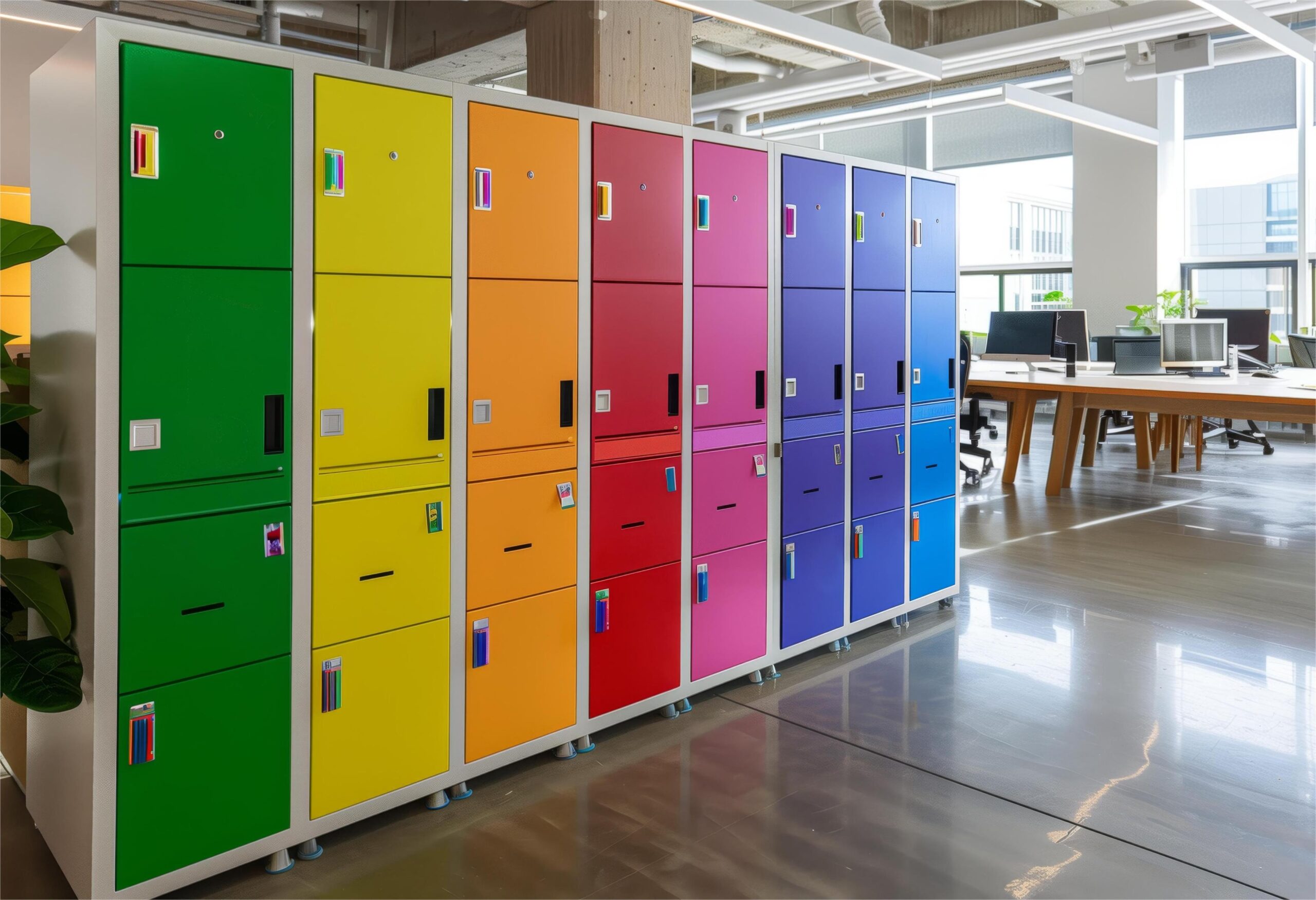Storage lockers are essential for maintaining organization, security, and convenience in various environments, including schools, gyms, offices, and public spaces. Choosing the right storage locker involves several considerations such as material, security features, size, and durability. This guide will help you navigate the key factors to consider when selecting the best locker for your needs.
Storage solutions have evolved over time, and modern lockers are now equipped with advanced features to cater to different industries. Whether you need lockers for students, employees, or public users, selecting the ideal option requires a thorough understanding of user needs, space availability, and long-term durability. Additionally, factors like ease of maintenance, ventilation, and customizability play a crucial role in decision-making.
With numerous options available in the market, it is easy to get overwhelmed. However, by breaking down your requirements into clear categories, such as purpose, material, security, and configuration, you can make an informed purchase. Investing in high-quality lockers ensures not only safety and security but also enhanced aesthetics and functionality within your space.
This guide will take you through the most important aspects of choosing the right storage locker, helping you make a well-informed decision that aligns with your specific needs.
1. Determine the Purpose and Usage
Before purchasing storage lockers, it’s important to define their primary use. Different industries and spaces require lockers with specific features:
- Schools: Durable, secure lockers with ample storage for books and personal belongings.
- Gyms & Fitness Centers: Ventilated lockers to store workout gear and personal items.
- Offices & Workplaces: Secure lockers for employee belongings and sensitive documents.
- Public Spaces & Transit Areas: Coin-operated or smart lockers for temporary use.
Identifying the right use case will help narrow down the best locker type.
2. Choose the Right Material
Storage lockers come in various materials, each with unique benefits:
- Metal Lockers:
- Strong and durable, ideal for high-traffic areas.
- Often coated with rust-resistant finishes.
- Commonly used in schools, workplaces, and gyms.
- Plastic Lockers:
- Lightweight and resistant to corrosion and moisture.
- Best for humid environments like pools or outdoor storage.
- Laminate Lockers:
- Scratch-resistant and aesthetically pleasing.
- Perfect for upscale offices, hospitals, and premium fitness centers.
- Wood Lockers:
- Stylish but less durable compared to metal and plastic.
- Mostly used in executive spaces or luxury facilities.
3. Consider Locker Size and Configuration
Choosing the right size and layout is crucial for functionality and space optimization:
- Single-Tier Lockers: Provide maximum storage space, suitable for offices and schools.
- Multi-Tier Lockers: Accommodate more users within a limited space, ideal for gyms and staff rooms.
- Cube Lockers: Small and compact, great for personal items or valuables.
- Z Lockers: Offer extra space for hanging clothes, commonly used in gyms and workplaces.
4. Security Features to Look For
Storage lockers should provide the right level of security based on their intended use. Consider:
- Traditional Key Locks: Basic but effective for standard security needs.
- Combination Locks: Keyless, reducing the risk of lost keys.
- Digital & Smart Locks: RFID or keypad entry for enhanced security and ease of use.
- Coin-Operated or Token Locks: Useful for public spaces and rental lockers.
5. Ventilation and Hygiene Considerations
Lockers, especially in gyms and schools, should have proper ventilation to prevent odors and moisture buildup. Features to look for:
- Perforated or Mesh Doors: Allow airflow to keep items fresh.
- Antimicrobial Coating: Prevents bacterial growth, ideal for hospitals and fitness centers.
- Drainage Features: For wet areas like poolside locker rooms.
6. Durability and Maintenance Needs
Selecting a locker that requires minimal maintenance can save time and costs in the long run:
- Rust & Corrosion Resistance: Essential for humid or outdoor environments.
- Scratch & Impact Resistance: Helps maintain a clean look in high-traffic areas.
- Easy-to-Clean Surfaces: Reduces the effort needed for regular maintenance.
7. Customization and Aesthetics
Lockers can be customized to match the branding and interior design of a facility:
- Color Options: Choose vibrant or neutral tones to complement the space.
- Engraved Nameplates or Numbering: Helps with easy identification and organization.
- Custom Logos and Graphics: Enhance branding in corporate or educational settings.
8. Budget and Cost Considerations
While affordability is important, investing in high-quality lockers ensures long-term benefits:
- Bulk Purchase Discounts: Many suppliers offer discounts for large orders.
- Warranty & Service Agreements: Opt for products with extended warranties for added value.
- Balancing Quality and Price: Avoid overly cheap options that may lack durability.
Conclusion
Choosing the right storage locker requires a strategic approach that balances functionality, security, durability, and budget. Schools, gyms, offices, and public spaces all have unique needs, and selecting a locker that meets those requirements is crucial for long-term usability and convenience. Prioritizing features such as strong locking mechanisms, proper ventilation, and high-quality materials ensures that the lockers provide maximum efficiency and security.
Investing in smart lockers with digital access or RFID technology can further enhance security and convenience, particularly in high-traffic environments. Additionally, choosing materials that resist rust, corrosion, and impact can prolong the lifespan of lockers, reducing replacement costs over time. Aesthetic considerations such as custom colors and branding also play a role in making lockers more visually appealing and aligned with the environment.
Ultimately, selecting the best storage locker is about finding a balance between affordability and quality while ensuring that they meet the specific needs of the intended users. By carefully assessing size, layout, and security features, organizations can make an informed decision that results in an organized and efficient storage solution.
